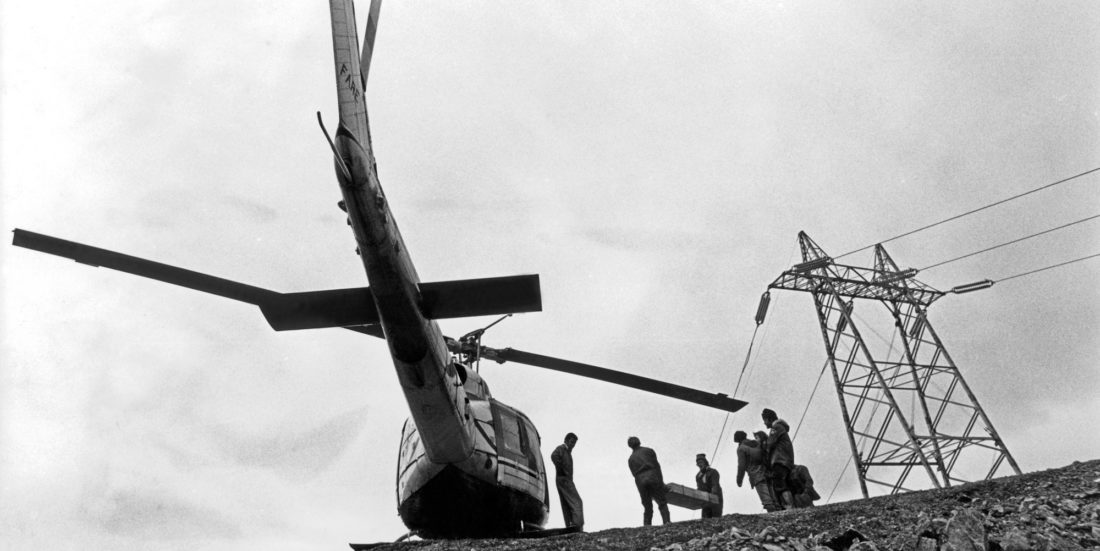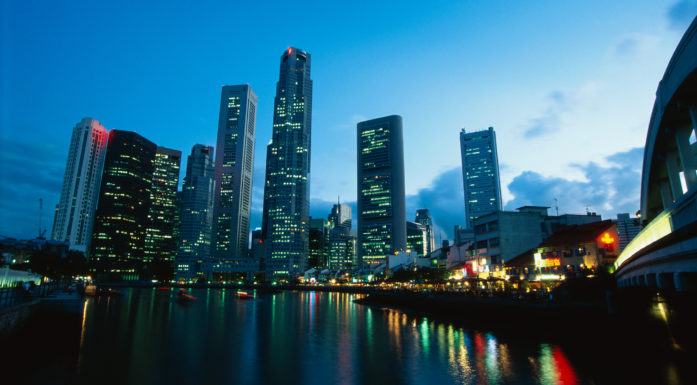Can lightweight metal help the green shift?
The climate will benefit if we shift to using aluminium in more and more construction. Buyers need to look past the procurement costs and consider the total life cycle costs instead.
There’s no lack of honourable mentions for the idea. “Aluminium bridge girder is cheaper and climate-friendlier,” the Norwegian Public Roads Administration stated about one of the fjord crossing projects on E39 last year.
On the aquaculture front, the company Ecomerden made a similar pronouncement to the Fiskeribladet journal: aluminium was chosen as a material component in a new type of salmon net-cage “It turns out aluminium is the ideal material to meet our needs, as a high-performing and cost-effective option, creating new opportunities for growth.”
Nevertheless, aluminium loses to steel in many tenders, because project owners often look only at the purchase cost of the material and not at life-cycle costs.
- You might also like: 3D printing team improves personal protection equipment for hospitals
Tunnel vision buying
Some buyers don’t care that in many contexts aluminium structures have lower cradle-to-grave costs than steel. Aluminium is easy to recycle and structures are practically maintenance-free.
In the pursuit of low purchasing costs, many buyers also disregard the fact that aluminium weighs less – and now has a smaller CO2 footprint – than steel. The small footprint comes from being able to use aluminium containing a high proportion of recycled material in construction.
The EU’s forthcoming climate requirements and regulations will likely reward precisely these properties of aluminium.
- You might also like: Smart site selection can make hydropower greener
New uses for aluminium
The climate and the Norwegian economy will then stand to benefit from the fact that the country’s industry and research have been breaking new ground.
Specific results from this work that may open up new uses for aluminium include using it:
- as an electrical conductor in subsea cables.
- for load-bearing material in power masts.
- as “building blocks” in future maritime industries.
- to increase the content of recycled material in cars.
All of these are areas of use in which aluminium will provide CO2 cuts thanks to its lower weight and “circular-friendly” qualities – and at the same time can add many new green jobs to Norway.
- You might also like: Recently-developed material makes hydrogen production more efficient
Upscaling and new standards
The four areas of use mentioned above are central to a current start-up research project called AluGreen that includes leading companies such as Hydro, Benteler and Nexans as well as research partners SINTEF and NTNU on the list of participants. A funding boost to NOK 125 million will involve 18 industry partners and research groups to collaborate under the auspices of the Green Platform, the new initiative of the Research Council of Norway, Innovation Norway and SIVA (Industrial Development Corporation of Norway).
In this forum we will be scaling up solutions and creating a foundation for new technical standards.
The four areas of use are particularly important because:
- Aluminium submarine cables will probably weigh only half as much as today’s copper cables. A transition to aluminium will mean that the cables can be laid by ships that are smaller and have lower fuel consumption and emissions than the ships used today. In addition, copper has become a scarcity product that is driving up prices and pushing cable manufacturers to look for alternatives.
- The automotive industry is increasingly using aluminium to reduce weight and thus emissions. In 2025, an average European car is expected to contain over 200 kilos of aluminium. The resulting emission cuts will make a significant contribution to the EU meeting its emission targets in the transport sector. The car industry’s new requirements for electric car components and manufacturers’ emphasis on circular thinking open up great opportunities for the Norwegian aluminium industry.
- The power grid needs to be further developed as society becomes electrified. Today’s power masts are made of steel and concrete, but aluminium is considered an exciting material choice for future masts. Lower weight requires smaller foundations and fewer helicopter lifts during assembly. In addition, maintenance costs are minimal, and the construction time is short – important in a country with a short building season.
- Our future maritime industries – everything from offshore wind farms to aquaculture in the Norwegian ocean gap – will, for climate reasons, require that structures are literally easy to tow and lift into place.
- You might also like: Demand for rare minerals and metals creates eco-dilemma
Aluminium is a green and mature industry
Increased use of aluminium in the building industry will not only strengthen the climate accounts, but also Norway’s national accounts.
The aluminium industry is mature compared to other industries in the green shift, which will enable it to create great value for Norway in a relatively short time.
As Europe’s largest aluminium producer, Norway has a solid starting point for asserting itself in this arena.
Processing more aluminium than we do now, and developing profiles, modules and product solutions for new green markets, will create great value and many new jobs in Norway.
- You might also like: Norway well-positioned to supply hydrogen to Europe
Billions within reach
A rough estimate says that further processing 50 000 tonnes of aluminium per year in Norway would result in an annual value creation of NOK 3 billion. Norway currently produces one and a half million tonnes of crude aluminium.
However, without the willingness on the part of buyers to look past procurement costs and make the shift to considering the total life cycle costs, aluminium construction will not make the breakthrough in Norway and the rest of Europe that such installations deserve.
The article was first published in Dagens Næringsliv on 20 January 2022 and is reproduced here with DN’s permission.





